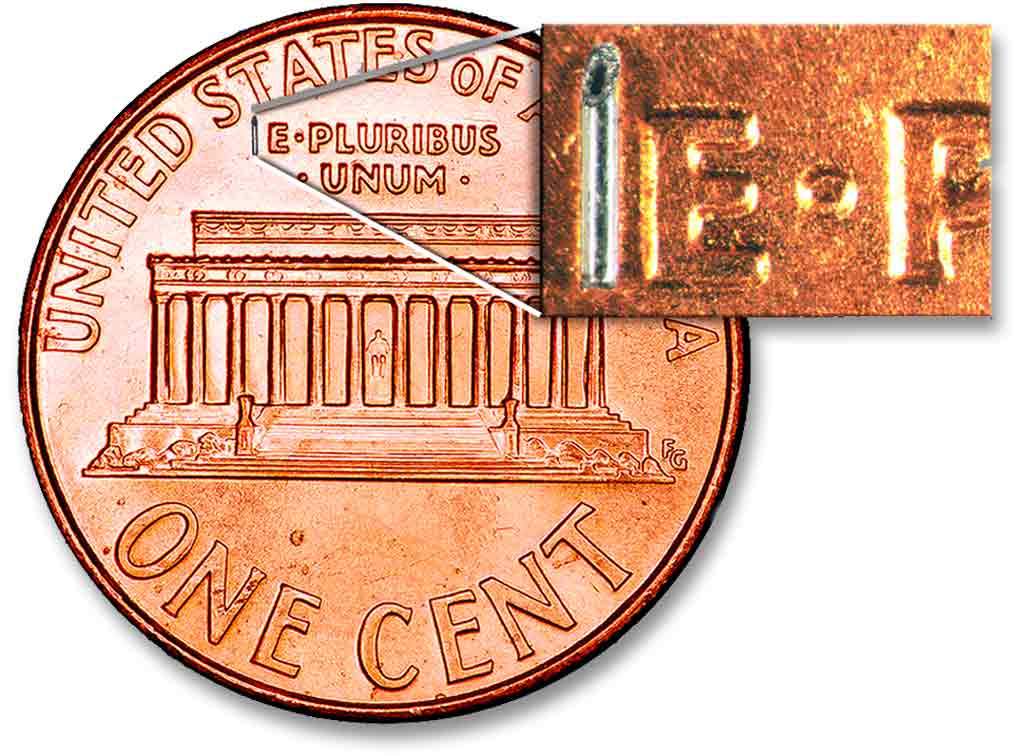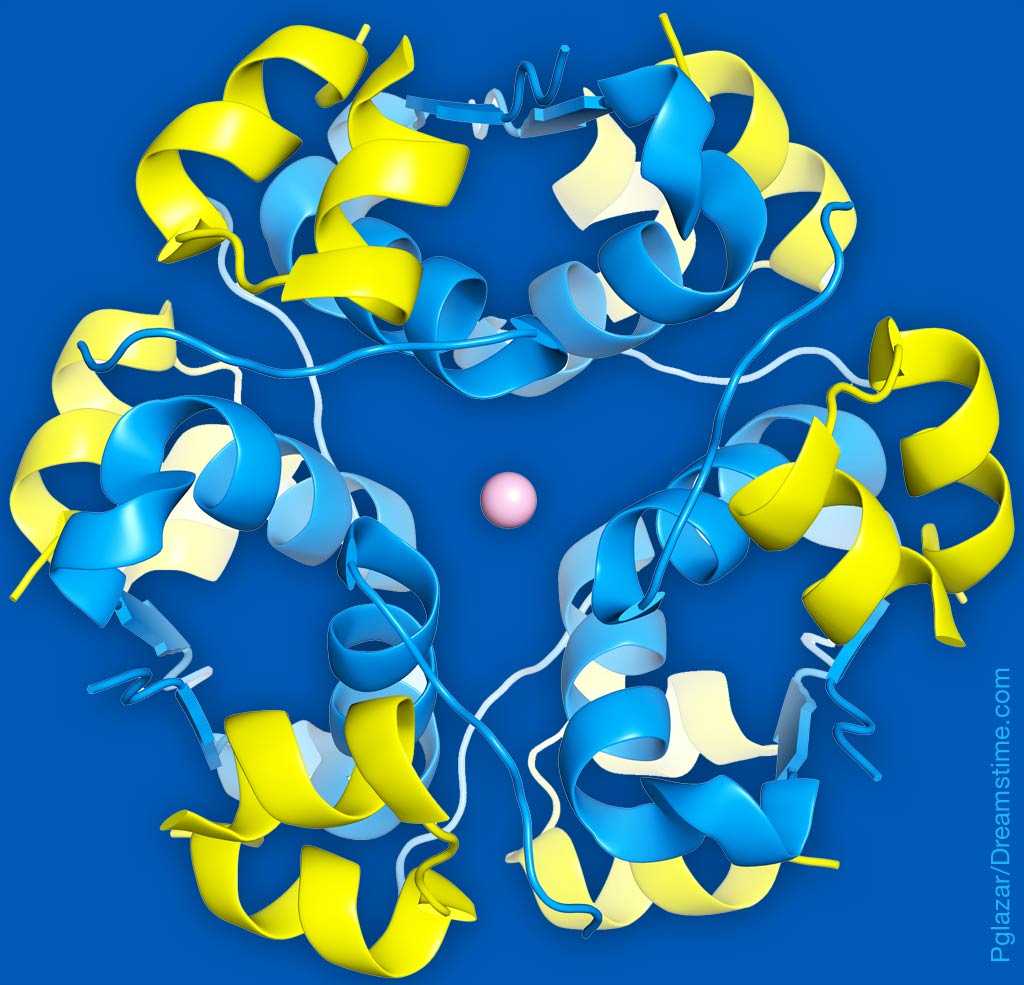An Intersecting Journey of Diabetes

Today, I was consulted about a diabetes case involving Benny, a very nice 9-year-old schnauzer-poodle mix. He has been losing weight to the point of being skin and bones and has exhibited constant thirst, urination, and lethargy. Benny is now being treated with two injections of NPH insulin twice daily. He is not the only member of the household. His family includes Louis Cocco, a 13-year-old boy who has had Type 1 diabetes for 11 years.
I’m a doctor, not a veterinarian. Still, I became preoccupied with Benny’s symptoms, partly because I recognize his symptoms in so many of my patients. Benny’s doctor requested that I check his glucose levels by the skin of the ear. The concept of a helpless animal having diabetes just makes me sad, and for some reason Benny triggered an old memory for me, perhaps my first memory of diabetes.
As a child, I met my mother’s best friend, Irene, who had diabetes. I didn’t understand what diabetes meant at all. Irene looked happy and healthy and had bright red hair. By the time I approached my teen years, Irene had a Seeing Eye dog. Then she was on dialysis. She passed away in her late 30s. Experiencing this as a child, I wanted to make her better; that idea inspired me to go into endocrinology.
Today, I work with a team of people who comb scientific literature evaluating what is new and what we can learn from the research of others in the field of Type 1 diabetes. We want to discover how we can improve Type 1 treatment and ultimately how diabetes can be reversed.

I have witnessed so much improvement in diabetes care in the 50 years since Irene passed away. Even when I was a resident-in-training, there were no meters that were used in the hospital setting. We had to use glucose chemstrips, which required us to visually determine how dark of a purple one’s blood turned the strip. Until 1993, when the landmark DCCT Type 1 diabetes trial was conducted, most diabetes experts believed that intensive insulin was enough to normalize A1C levels without increased risk of hypoglycemia or weight gain. At the time the study was designed, the hormone amylin (which is co-secreted with insulin) had not yet been discovered. Also, the role of other islet hormones like glucagon and somatostatin to normalize glucose and insulin output were poorly understood.
Today we have vastly improved insulin options at our disposal; we have such better blood glucose monitoring devices; and we have pens and pumps which deliver insulin with much less hassle. We also have slowly come to realize that Type 1 diabetes is not only a disease of autoimmunity, but also one of a lack of beta cell regeneration. Even when immune therapies are used, beta regeneration therapy is needed.
Now that we know all this, the future of diabetes treatment is looking very bright for man and man’s best friend. I hope someday soon that I will be able to walk into a room and know I can make those with diabetes, both two-legged and four-legged, feel better.
Thanks for reading this Insulin Nation article. Want more Type 1 news? Subscribe here.
Have Type 2 diabetes or know someone who does? Try Type 2 Nation, our sister publication.







